The basics of aquarium plants: Aquarium plants for the middle ground - rosette plants
There are various design options in the middle ground of the aquarium - in the classic planted aquarium, plants of medium height are used here, such as rosette plants or stem plants, which mainly have the task of covering the lower, often less attractive part of the stem plants in the background and to continue the planting behind the low foreground plants in a stepped manner towards the back, which gives the aquarium layout a nice spatial depth effect.
Classically planting top-dwelling plants?
We have dedicated a separate article to epiphytic plants such as Anubias, Javafarn or Congo fern and also Hygrophila pinnatifida:. These plants can be cultivated not only on roots and stones, but also classically planted in the middle ground. In this case, however, you should make absolutely sure that the thick green rootstock, the rhizome, is not sunk into the substrate, so that it does not begin to rot. To make sure it is properly seated, after planting, very carefully pluck the plant out of the soil by the leaves until the rhizome is visibly above the aquarium substrate. The finer lateral (i.e., side-growing) roots may remain in the soil, where they anchor the plants and supply them with nutrients.
Mid-ground plants in the nano aquarium
Besides the classic perennials, however, there are other beautiful plants for the middle ground in the aquarium. A little tip: Many of them are a little too big for the middle ground in nano aquariums, but they look wonderful in the background! For the middle ground planting in the nano tank, you should rather look at the somewhat taller foreground plants - needle cress or dwarf sword plants are perfect here, but also Staurogyne, Blyxkraut and Kuba dwarf pearlwort are great middle ground plants for the nano.
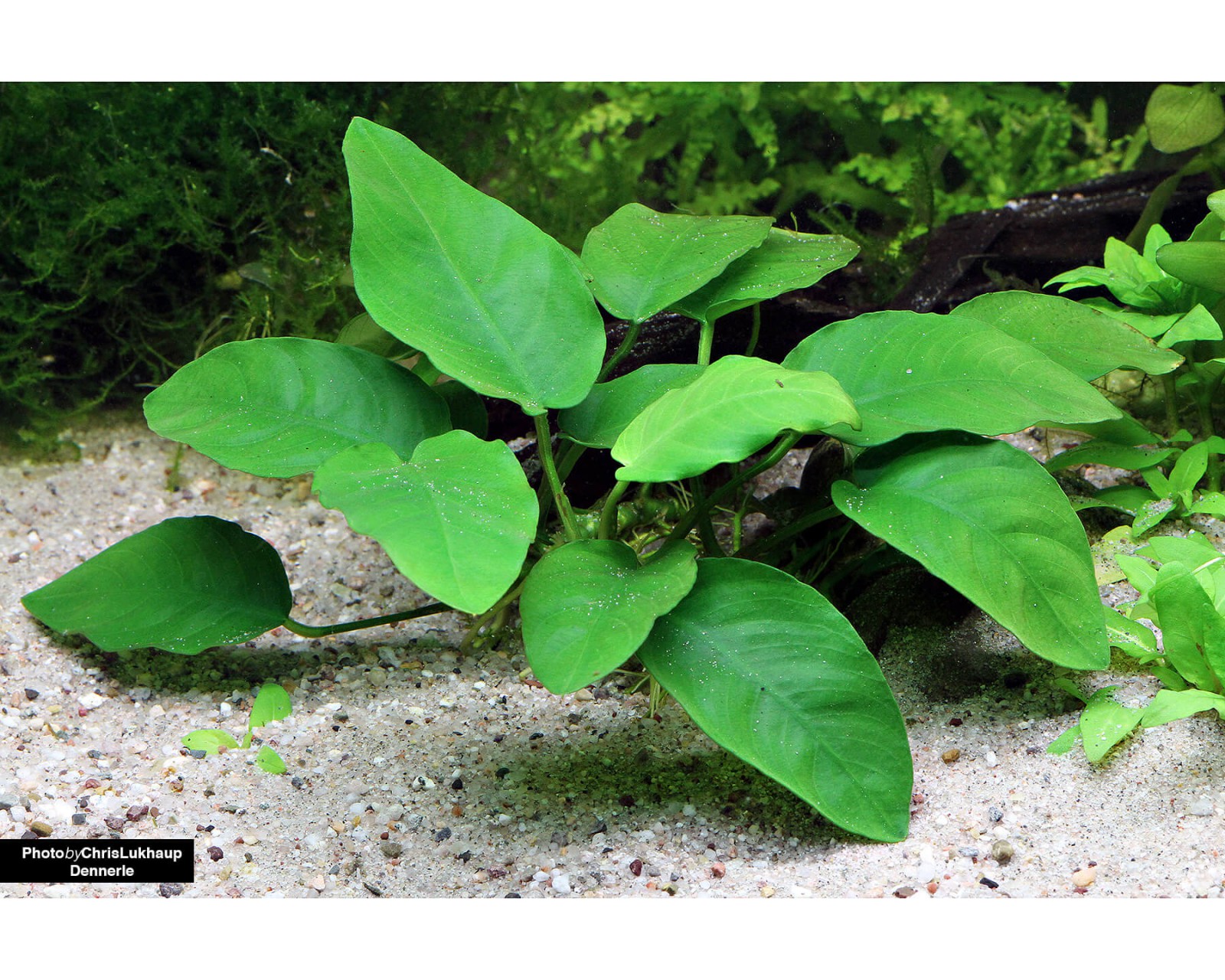
Rosette plants
This blog will focus on rosette plants for the middle ground. Rosette plants usually propagate via runners or daughter plants that sprout from the rootstock. You can carefully cut them off and plant them elsewhere in the aquarium if you want to propagate the plants. Otherwise, rosette plants are quite easy to care for. They usually have a more or less fixed final size, which is determined by the length of the petiole and leaf blade. If the plant becomes too large, thin it out by cutting off the oldest leaves just above the rootstock. Holey or discolored leaves are also removed this way. This cleaning out is not due too often. Overall, rosette plants are therefore a good choice for aquarium owners with less time on their hands.
Cryptocorynes - water calyxes
Among these rosette plants is the large and diverse group of Cryptocorynes, to which we also devote a separate article in our blog: Many long-established, insensitive and robust species are waiting here for your aquarium, as well as new and exciting cultivars.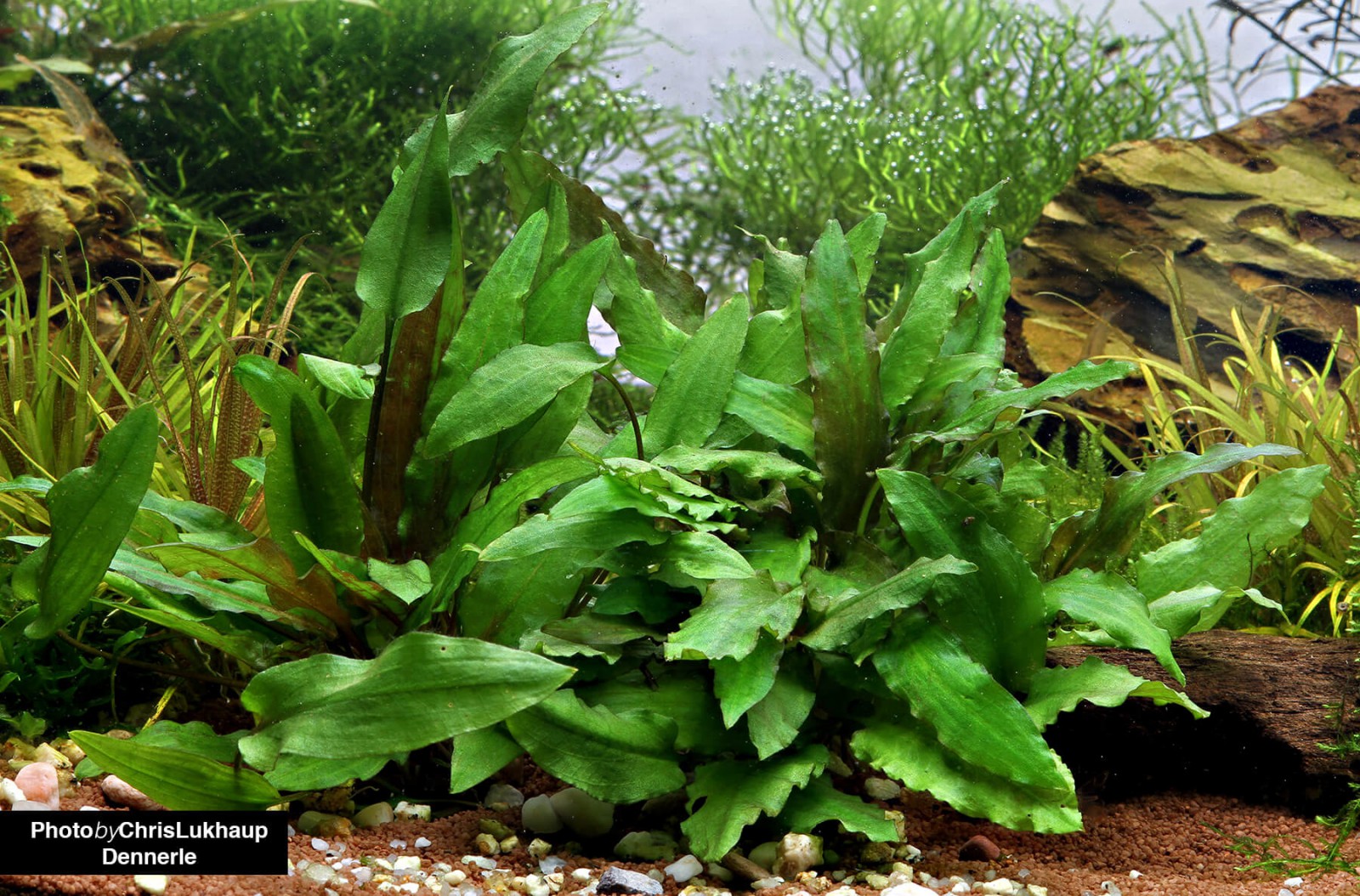
Helanthium - Amazon plants(InVitro)
These beautiful aquatic plants used to belong to the genus Echinodorus, but because they reproduce by runners, they were given their own genus in 2008. Some trade names are still the old names.
Helanthium bolivianum (formerly Echinodorus quadricostatus, also Helanthium quadricostatus) - dwarf sword plant, dwarf amazon plant
Helanthium bolivianum, formerly known as Echinodorus quadricostatus, comes from South America. At 10-15 cm tall, it fits perfectly in the middle ground of nano aquariums and even slightly larger tanks. The light green leaves can turn yellowish in case of iron deficiency. At 20-28 °C and soft to hard water the robust dwarf sword plant feels well. It spreads by runners and quickly forms dense stands.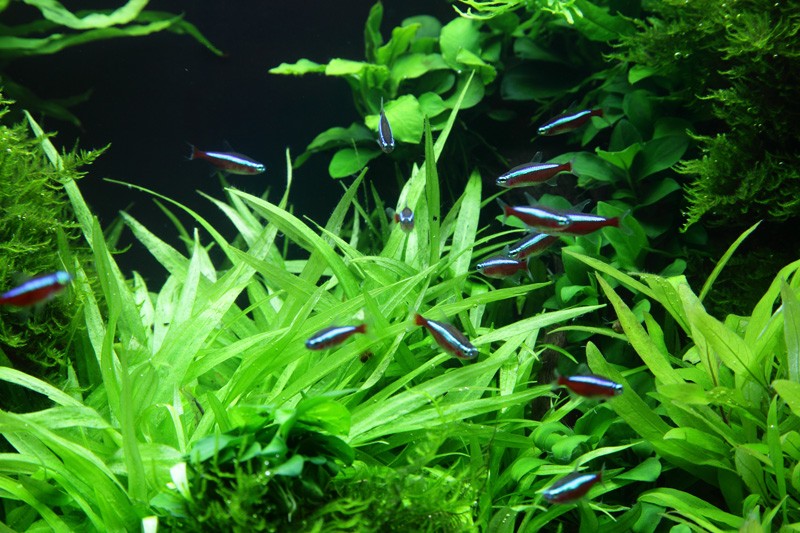
Echinodorus - Sword plants
We have also dedicated a separate blog to Echinodorus.(Link) As plants for the middle ground especially the not so high growing species and varieties of sword plants are suitable:
Echinodorus grisebachii "Parviflorus " - Samolus sword plant, Black Amazon sword plant (15-25 cm growth height)
Echinodorus "Red Chameleon" (up to 30 cm growth height)
Echinodorus Dschungelstar Nr. 2 "Little Bear" (up to 25 cm growth height)
Echinodorus Dschungelstar Nr. 14 "Tornado" (up to 30 cm growth height)
Echinodorus "Ocelot" (up to 30 cm growth height)
Echinodorus cordifolius - Mini frogspoon, heart-leaved sword plant (25-30 cm growth height)
Echinodorus cordifolius "Harbich red" - Reddish heart-leaved sword plant (20-30 cm growth height)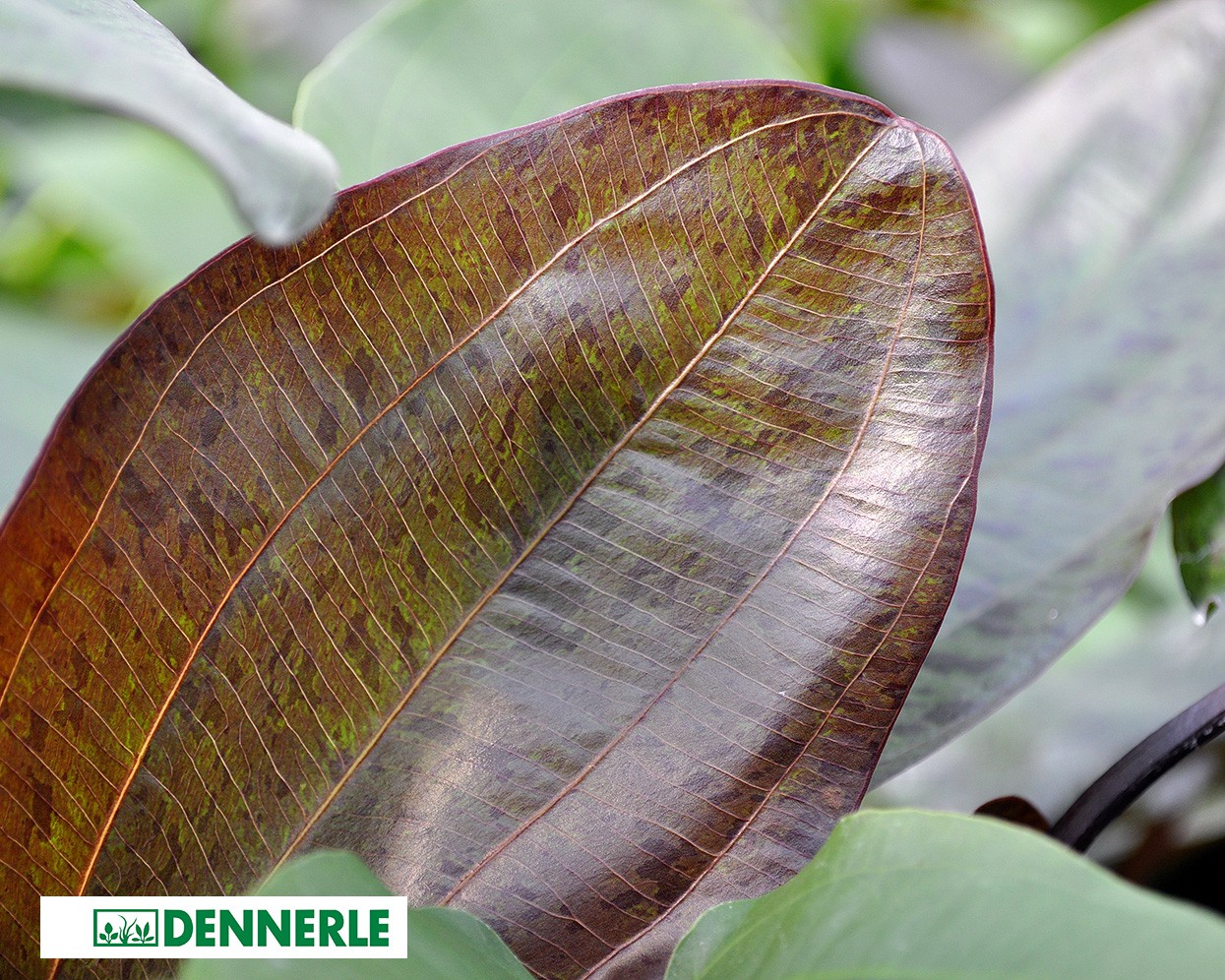
Eleocharis - Simses
Simses are aquatic grasses with very fine culms. They multiply very well via runners and quickly make areas dense. If you want to contain their spread somewhat, you must either consistently cut off the runners, or plant the plants in a planting ring made of pond liner or similar.
Before planting in the aquarium, simms should be cut back to about 1 cm stalk height. They shed their stalks when the environment changes and then sprout new ones - this is extremely annoying in the aquarium because the fine leaflets are not easy to fish off. With a radical pruning before planting, you make the transition easier for the plant and at the same time save yourself a very annoying job.
Eleocharis acicularis - Needlele Coneflower(InVitro/Pot)
With a growth height of 10 cm, the worldwide common Needle Cane is a perfect plant for the middle ground. Its fine stalks stand upright and provide a great contrast to wider leafy plants in the background. Also nice for breaking up iwagumi grasslands.
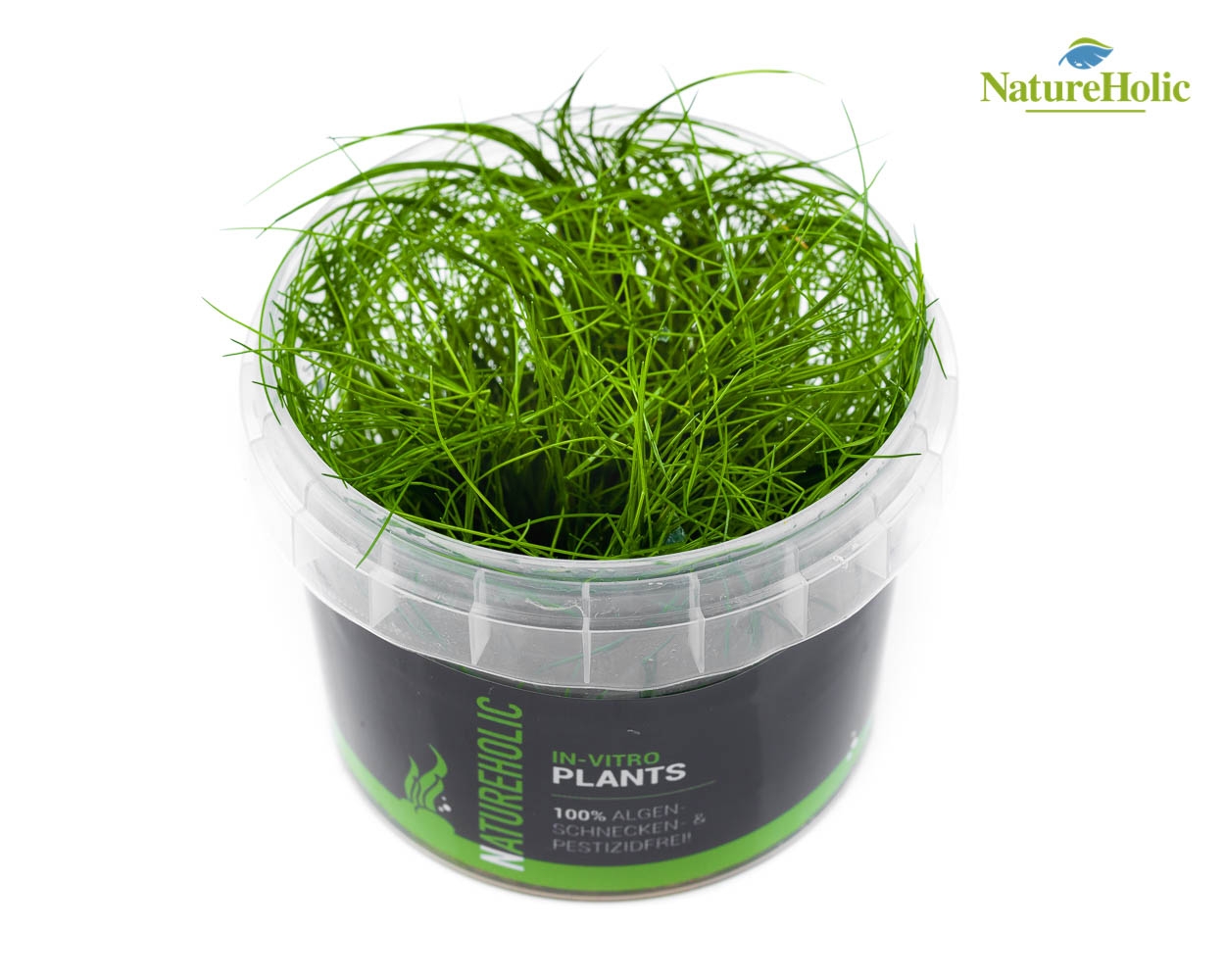
Eleocharis sp. "Mini" - Mini Needle Cane(pot)
This sill from America grows about 20-40 cm high - a case for the middle ground in larger aquariums. The loose growth makes the plant look very attractive in the middle ground despite its height.
Sumatra fern(pot)
Ceratopteris thalictroides - Sumatran fern, filigree fern, fine-leaved horn fern
This rosette plant is practically spread all over the world and grows very fast. It can reach a height of 15-70 cm and must be limited accordingly by pruning every now and then. It is robust and undemanding, and thanks to its fine leaves is particularly suitable for aquariums with shrimp.
We dedicate a separate article to the stem plants suitable for the middle ground of predominantly larger aquariums.

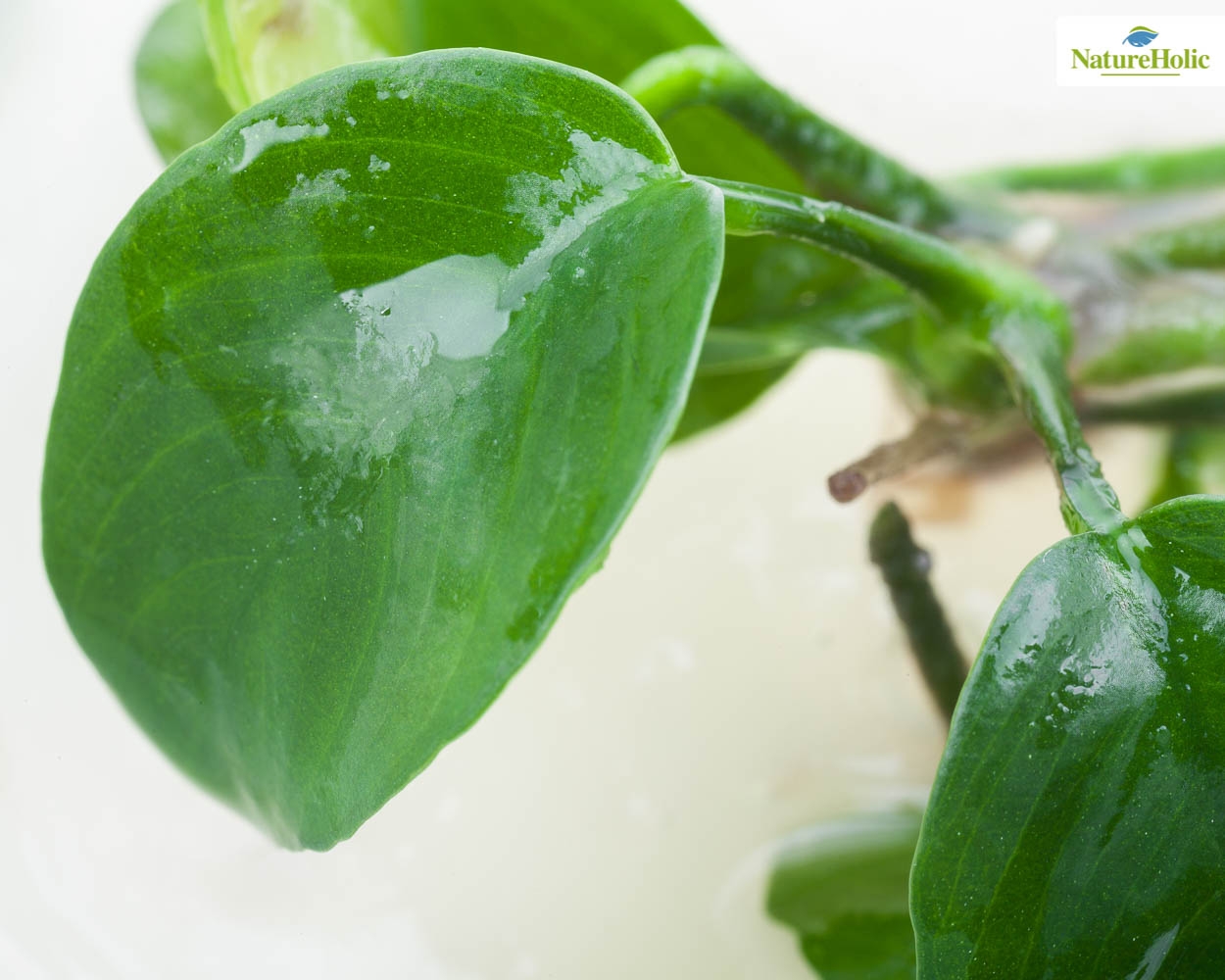
Immer Informativ
Immer Interessant Euren Blog zu lesen.
Man lernt nicht aus.
Das nenne ich Service
Recherchefehler?
Bitte checken: Eleocharis sp. "Mini" soll 20-40cm hoch werden?